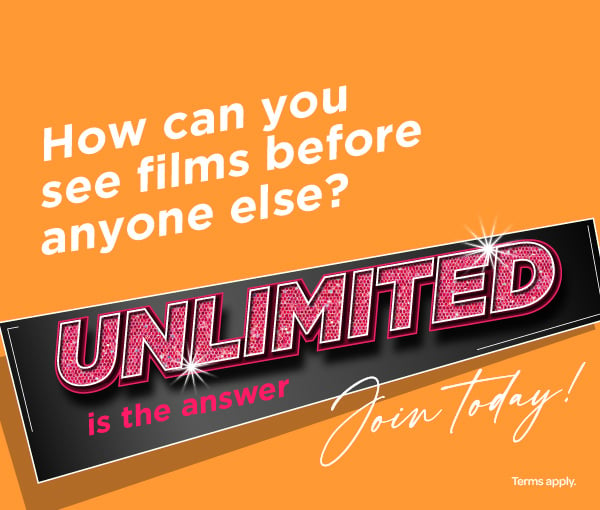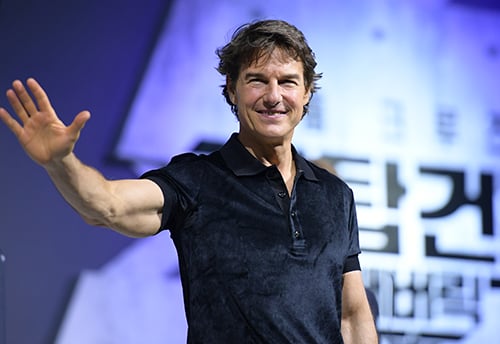
How many contemporary Hollywood actors can open a blockbuster movie on the basis of their name and face alone?
In an era where franchising, existing IPs and concepts bring in the big bucks, the notion of the old-school movie star would appear to be on its last legs. The likes of Tom Hanks, Meryl Streep and Denzel Washington (maybe Clint Eastwood, too) are among the few outliers in this field.
Added to that list is, of course, Tom Cruise who has now turned 60. What's remarkable is that Cruise now seems even more bankable than ever before. And in direct contravention of the idea that older actors need to take it easy, Cruise is pushing himself further and further with ever-more outrageous stunts.
Here, then, is our salute to the controversial but undeniably committed star, examining where he is right now and where he's poised to go next. (Hint: it's not of this Earth.)
TOP GUN: MAVERICK BECOMES THE BIGGEST HIT OF CRUISE'S CAREER
Here's vindication for Cruise as a brand in his own right. Just prior to turning 60, he scored his biggest commercial success to date in the form of Top Gun: Maverick. It's Tom Cruise's first film to cross the $1 billion mark globally, something not even the Mission: Impossible movies have achieved thus far. No mean feat given that it's a struggle for any actor to maintain their bankability across several decades.
Check out the following video from the Cineworld Leicester Square premiere of Top Gun: Maverick as a sign of Cruise's apparent invincibility. Truly, how many movie stars in their 60s could command this sort of attention? Even the British Royal Family, as represented by Prince William and the Duchess of Cambridge, make an appearance, in the process further legitimising Cruise's iconography.
It's all the more impressive when one considers that the original Top Gun was an isolated movie experience. Back in 1986, the first film spoke potently to the MTV generation with its glossy aesthetic and hardware, buoyed further by secret weapon Cruise, replete with a megawatt smile and charisma. But there was no guarantee, 36 years later, that Top Gun would have any kind of currency and viability with a new audience weaned on the likes of Marvel.
Sure, the older generation was all but guaranteed to turn out, but the movie seemingly had a battle on its hands to convince those who barely registered Top Gun as more than an anecdote thrown away by their parents.
Doubt and cynicism were swiftly thrown aside upon Top Gun: Maverick's reveal. The movie's barnstorming success can be attributed to many things, primarily Cruise's canny ability to sell himself as a one-man industry, a veteran who, recognising the onslaught of weightless CGI effects in the modern movie age, continually takes it upon himself to lock in a visceral sense of realism.
In Top Gun: Maverick, Cruise builds on the reputation he's established throughout the Mission: Impossible series. When one sees a dangerous stunt, one knows that Cruise is doing it for real. In doing so, he gifts the movie with a palpable sense of verisimilitude and tactile tension – he puts his body through this in order so that we don't have to. Our amazement at his audaciousness is ultimately matched with a sense of relief that we're comfortable and safe in our cinema seats.
When one is aware that an actor has committed to potentially fraught circumstances, the entire philosophy of the movie changes. Put simply, we buy it. And for Top Gun: Maverick, Cruise presented a significant challenge to the younger members of the cast, including an impressive Miles Teller as Rooster, the son of the late Goose (Anthony Edwards).
It wasn't going to be enough for Cruise to put himself in the cockpit. Everyone was going to do it, and intensive training then ensued from zero-gravity simulations to proper take-offs and aerial maneuvers. The Cruise philosophy is extended vicariously through every single actor featuring in the aerial sequences, reminding us that while Top Gun: Maverick is essentially a fantasy, it's one whose production was infused with a sense of jeopardy.
The following behind-the-scenes video highlights the limits to which Cruise's co-stars were pushed.
That level of Cruise control radiates throughout the movie. Cruise's history with the Maverick character, the one that catapulted him to A-list victory, meant that he was incredibly choosy (some may say fanatically so) about the direction of the story. The film was subsequently delayed for many years as multiple writers worked on the script, including Cruise's Mission: Impossible cohort Christopher McQuarrie.
And yet, it was this level of forensic oversight that arguably helped secure the movie as an affectionate, funny and genuinely stirring follow-up to a somewhat cheesy 1980s relic. In short, Tom Cruise, working with director Joseph Kosinski and original Top Gun producer Jerry Bruckheimer, pulled out a sequel that was superior in almost every way to its predecessor.
Certainly, when Cruise arrived at the Cineworld Leicester Square premiere of Top Gun: Maverick, it was impossible to look at him as a mere actor. Instead, he embodies an age of Hollywood that seems to be disappearing before our eyes, an age in which the movie star is the auteur of the project in question.
Here's a clip of Cruise thanking the Cineworld Leicester Square crowd for holding out during the pandemic and subsequently showing their support for Top Gun: Maverick on the big screen. It's a sign that Cruise, for everything that's discussed about his personal life, has an admirable, passionate commitment to both his craft and the experience felt by the audience.
Such is the strength of Cruise's reputation, one he's built up over the course of nearly 40 years (albeit with its fair share of ups and downs), that fans turn out to celebrate him as an almost mythical archetype.
To dust off a 1980s emblem, cement one's reputation for verisimilitude and make bank at the same time, all the while on the cusp of one's 60th birthday, is a remarkable achievement. And Cruise isn't done yet.
THE MISSION: IMPOSSIBLE FRANCHISE CONTINUES TO GROW
If Top Gun: Maverick was freighted with relatively few expectations prior to its release, the opposite applies to the Mission: Impossible franchise. Under Tom Cruise's supervision, which extends to choosing the directors and honing the scripts, this particular franchise has defied the odds to become escalatingly successful with each new installment.
That's impressive given that we're about to pay witness to the seventh Mission: Impossible movie. Due for release in 2023, Mission: Impossible - Dead Reckoning Part One has the challenging task of living up to the dazzling Mission: Impossible - Fallout. The latter movie, released in 2018, was Cruise's highest-earning movie until the release of Top Gun: Maverick, taking in more than $800 million worldwide and attaining unanimous critical acclaim in the process.
The Mission: Impossible series is the equivalent of watching Cruise hone his particular brand in real-time. When the series started back in 1996, it was the first sign of Cruise exerting his clout to sign a major director. Said director was Brian De Palma who brought his sense of paranoid and dutch angles to bear on the first Mission: Impossible movie.
This set in motion Cruise's approach throughout the remainder of the series: locate a filmmaker with a unique sense of style and interweave their sensibility into the plot, all the while intensifying the stunt sequences to jaw-dropping degrees.
If the appointment of John Woo for 2000's operatically overblown Mission: Impossible II was a misstep, the series soon got back on track with J.J. Abrams' shakey-cam-intensive Mission: Impossible III in 2006. (That installment was further goosed by the tremendous, late Philip Seymour Hoffman, Cruise's co-star in 1999's Magnolia, as the series' best villain so far.)
From there, Pixar veteran Brad Bird brought his playful sensibility to 2011's Mission: Impossible - Ghost Protocol. Since then, Cruise has adjusted the formula somewhat, staying loyal to writer-director Christopher McQuarrie for 2015's Mission: Impossible - Rogue Nation and the aforementioned Fallout.
McQuarrie's skill with suspenseful pacing meshes effectively with increasingly ambitious stunt sequences, efficiently establishing Cruise as the frame's primary special effect as the latter puts himself through some genuinely terrifying situations. The opening of Rogue Nation, in which Cruise hangs onto the outside of an airborne plane, was somehow topped by the seat-gripping climax of Fallout, one that required Cruise to pilot a helicopter for real and undertake some potentially deadly aerial acrobatics.
If the series has become ever more impressive in a logistical sense, crucially, the audience has continued to turn out for Cruise's performance as Ethan Hunt.
The first Mission: Impossible movie was a big hit with $400 million in the bank. The most recent, Fallout, took more than $790 million, indicating how Cruise has purified and honed not just his screen image but all the requisite ingredients of this particular franchise, from the filmmakers to the action sequences and the ever-expanding roster of notable supporting players.
Mission: Impossible - Dead Reckoning Part One has tested the seemingly impervious Cruise brand in more ways than one. Shot during the COVID pandemic, the movie became an emblem of what Hollywood productions could achieve under incredibly difficult circumstances.
Now that Cruise is in his 60th year, and now that the Mission: Impossible series has hit its seventh episode, it appears that Cruise is starting to lean into a sense of legacy. This applies to both himself and the franchise.
The Dead Reckoning Part One trailer begins on a note of disquiet, suggesting that Cruise's character, IMF agent Ethan Hunt, is something of a relic in a rapidly evolving world, particularly with his black and white, good vs evil philosophy.
Reading between the lines, one can perhaps see this as a meta, self-referential critique of Cruise's position in the wider film industry, an old-school technician battling against strong headwinds.
There's also the presence of the Machiavellian IMF chief Kittridge, played by Henry Czerny, who makes his first appearance in the series since the original Mission: Impossible movie in 1996. Such explicit callbacks to the history of the franchise have got fans incredibly excited, signifying that this is far from a franchise on its last legs. Quite the opposite: by leaning into its rich sense of history, the Mission: Impossible series may be about to find fresh impetus.
Cruise's ability to find fresh relevance in his longest-running blockbuster series once again points toward his potency as an action star. He appears to be pushing Dead Reckoning Part One towards operatic levels of sweep, both in terms of the cast and also the stuntwork.
New cast additions include Hayley Atwell, Pom Klementieff, Indira Varma, Cary Elwes, Rob Delaney and Esai Morales, who join existing faces Rebecca Ferguson, Simon Pegg, Angela Bassett, Vanessa Kirby and Ving Rhames.
Once again, Cruise is working overtime to polish the old and infuse it with a sense of the new, reminding us of his essential value while making enough nips and tucks around the edges. And by this stage, the stuntwork is hardly unexpected, but still a delightful cherry on top.
A foot chase through Venice, a car chase through Rome, a fight sequence atop a moving Norwegian train and a breathless bike freefall/base jump scene, the coup de grace of the Dead Reckoning Part One trailer, underline Cruise's near-monolithic status as a stunt performer par excellence.
Interestingly, Dead Reckoning Part One was intended to be shot back to back with Dead Reckoning Part Two, the latter now shooting and due for release in 2024. That we're presented with one story in two acts again reinforces the sense of the wider Mission: Impossible saga becoming increasingly operatic, a flamboyant potential send-off for the character of Ethan Hunt.
In the process, Cruise's star status follows the same route, as he vies even harder to cast himself as a symbolic saviour of post-COVID pandemic filmmaking.
So, where can Cruise possibly go from here?
TO INFINITY AND BEYOND?
Throughout his storied career, Cruise has flown helicopters, thrown himself off buildings and cliffs, scaled the world's tallest building, held his breath underwater for more than six minutes and clung to the outside of a plane in mid-air. There's surely little else for him to accomplish – at least while he remains on terra firma.
In 2020, news broke that Cruise is set to go where no actor has gone before. The rule-breaking star is reportedly teaming up with NASA to make a movie in space, as in, actual outer-space, not the kind of CG simulation that allows actors to remain relatively safe and comfortable in a green-screen studio.
Deadline broke the news that Cruise is voyaging to the International Space Station to make the movie, no doubt hoping to bend zero gravity to his will after so many hair-raising escapades on planet Earth. The production is set to be a collaboration between Cruise's Edge of Tomorrow and American Made helmer Doug Liman, Christopher McQuarrie and Elon Musk, whose SpaceX engineering company will play a role in the filmmaking.
The movie, as yet unnamed, is being described as an "action-adventure story" in which Cruise plays a "down-on-his-luck guy who finds himself in the position of being the only person who could save Earth." That said, Cruise may have lost exclusivity on the project as a Russian film named The Challenge has since become the first movie ever to shoot on the International Space Station. Even so, it's an exciting proposition for a Hollywood production.
Cruise may be about to go out of this world, but is there any sign of this singular, maverick movie star coming back down to Earth as he approaches his sixth decade? It appears not.
Have you got a favourite Tom Cruise movie? Join us on Twitter @Cineworld as we celebrate his sixth decade.
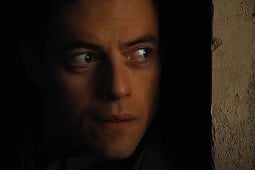
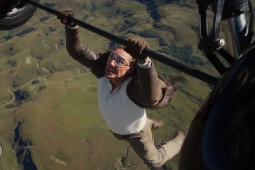


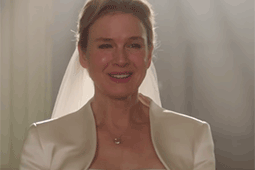
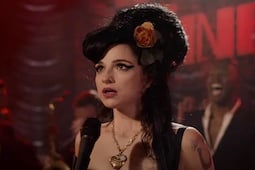
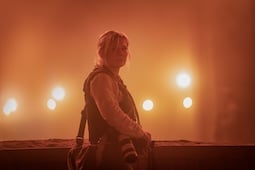
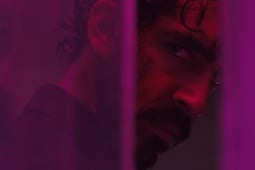
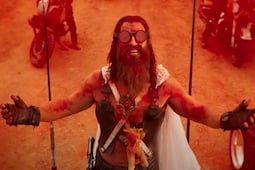





.jpg)
.png)

